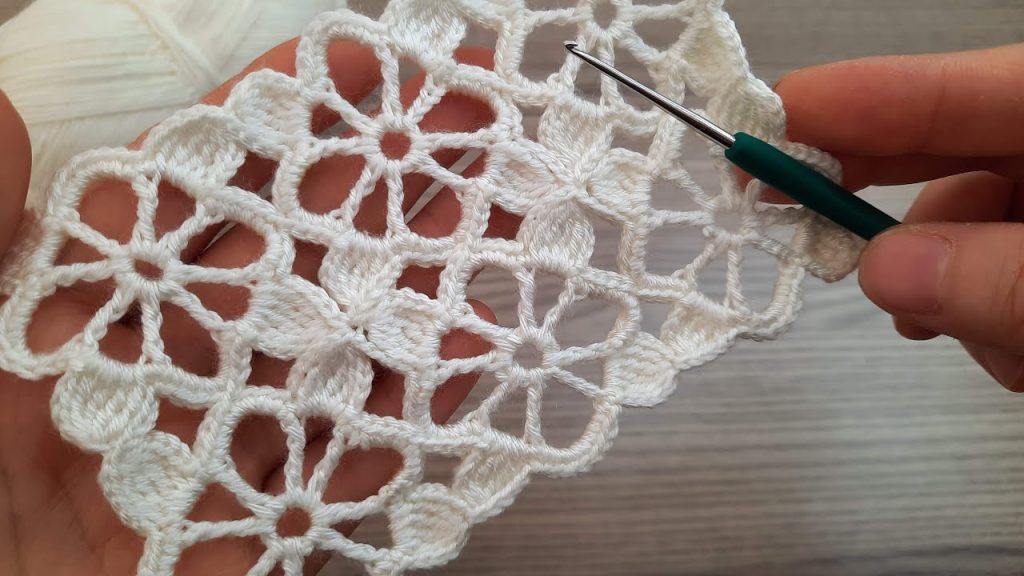Knitting really caught on in Europe in the Middle Ages. With the growing popularity of knitted socks, knitting has become a household occupation. Two million pairs of socks were apparently exported from England to other parts of Europe in the late 1600s. It was England that invented and perfected knitting frames and machines. Knitting has a very old history in Europe.
When knitting caught on in Europe, it was soon considered a real craft. The craft flourished in Scotland and England in the 14th and 15th centuries. In medieval Europe, hand knitting became an advanced craft in the 16th century. The first knitting trade guild (the first union devoted to knitting professionals) was founded in Paris in 1527. Guilds controlled the production and market of knitted goods during the Middle Ages. After the Reverend William Lee perfected a machine for knitting socks in England in 1589, the art of knitting gradually became a cottage industry organized by the guild.
Knitted clothing became fashionable for the wealthy upper class, and silk gloves and stockings were highly prized. Knitting cottage industries spread throughout Britain and complex techniques were perfected. Records show that the first sweater was knitted in the 17th century; before that, smaller pieces and underwear were knitted.

William Lee, who invented the first knitting machine in 1589, also made a knitting frame so effective that it needed little improvement over the course of 250 years. The British also invented the rib machine in 1748, the warp knitting machine in 1775, and the circular knitting machine in the mid-1800s. These developments made it possible to shape socks and other pieces of clothing. Machine-knit underwear was common in the 19th century. A fully fashioned knitting machine was invented by William Cotton in 1864 and used the same bearded spring needle as William Lee’s original model. Changes to knitting machines in the 1900s increased production speeds and offered wider options for modeling knitted fabrics.
To compete with the speed of new knitting machines, most small-home industries began knitting garments in flat pieces sewn together; They worked piece by piece. But hand knitting has lost the ability to compete with knitting machines on the market even with these faster techniques. Knitting as an art and craft was only kept as a hobby.
Different parts of Europe created different types of knitting. Fair Isle knitting, which uses two colors divided into intricate patterns, comes from a group of islands in the north of Britain. The earliest examples of this technique are thought to have been knitted around 1850. There is a legend that Fair Isle knitting originated in 1588 when a Spanish ship was wrecked off Fair Isle and the crew inspired local knitters to try new ways of putting on colors. in a pattern. Fair Isle knitting became popular when the Prince of Wales wore the Fair Isle sweater at a public event in 1921.
Knitting quickly caught on in Europe and spread quickly. The royal and upper class made knitwear very fashionable. Knitting has gone through the trade guilds and small household industries, and the invention and development of knitting machines.
Although knitting machines have made great progress in the last 500 years, hand knitting is still very much alive as a very popular hobby.












